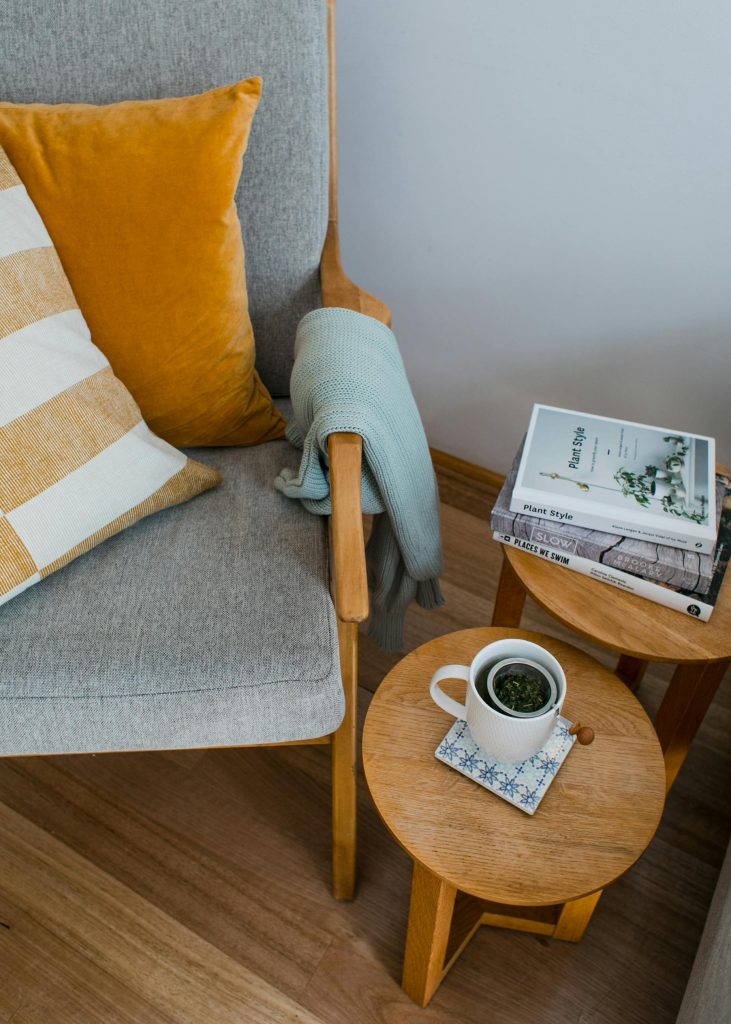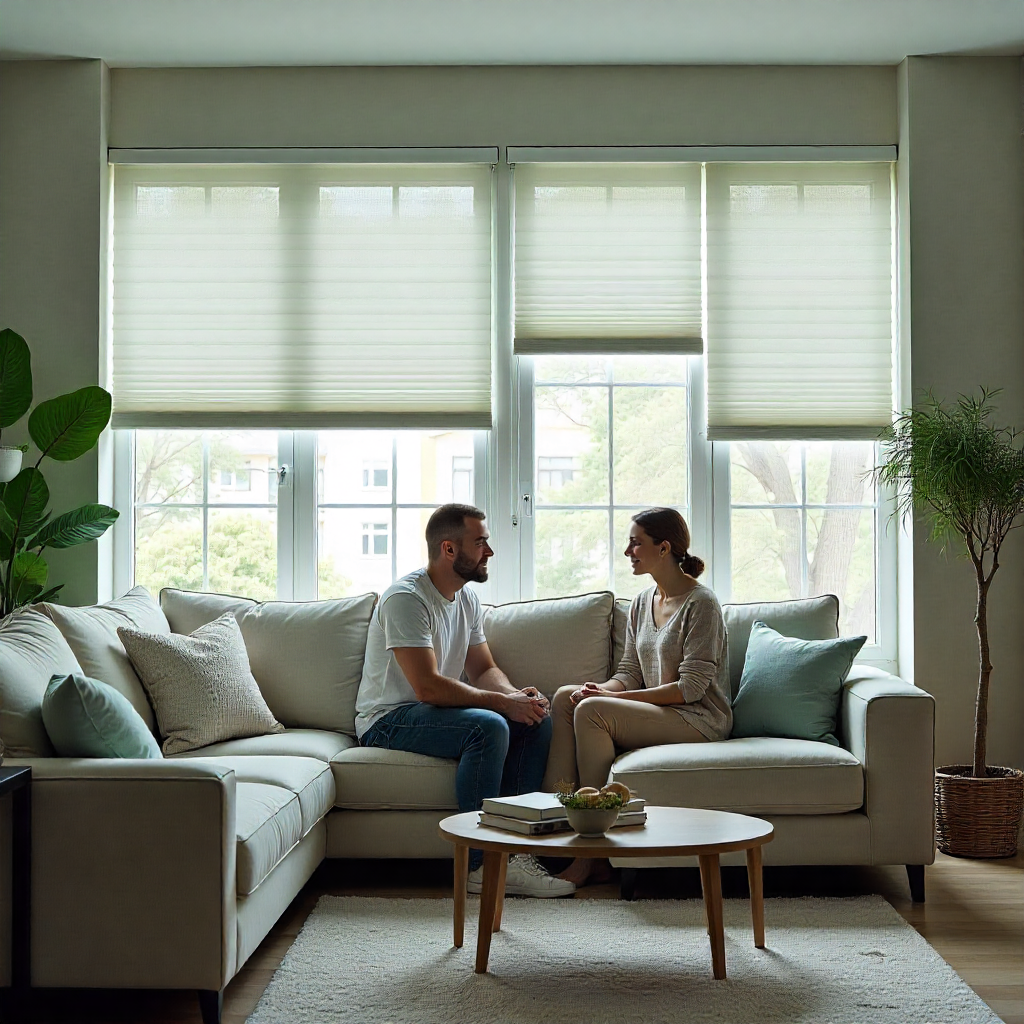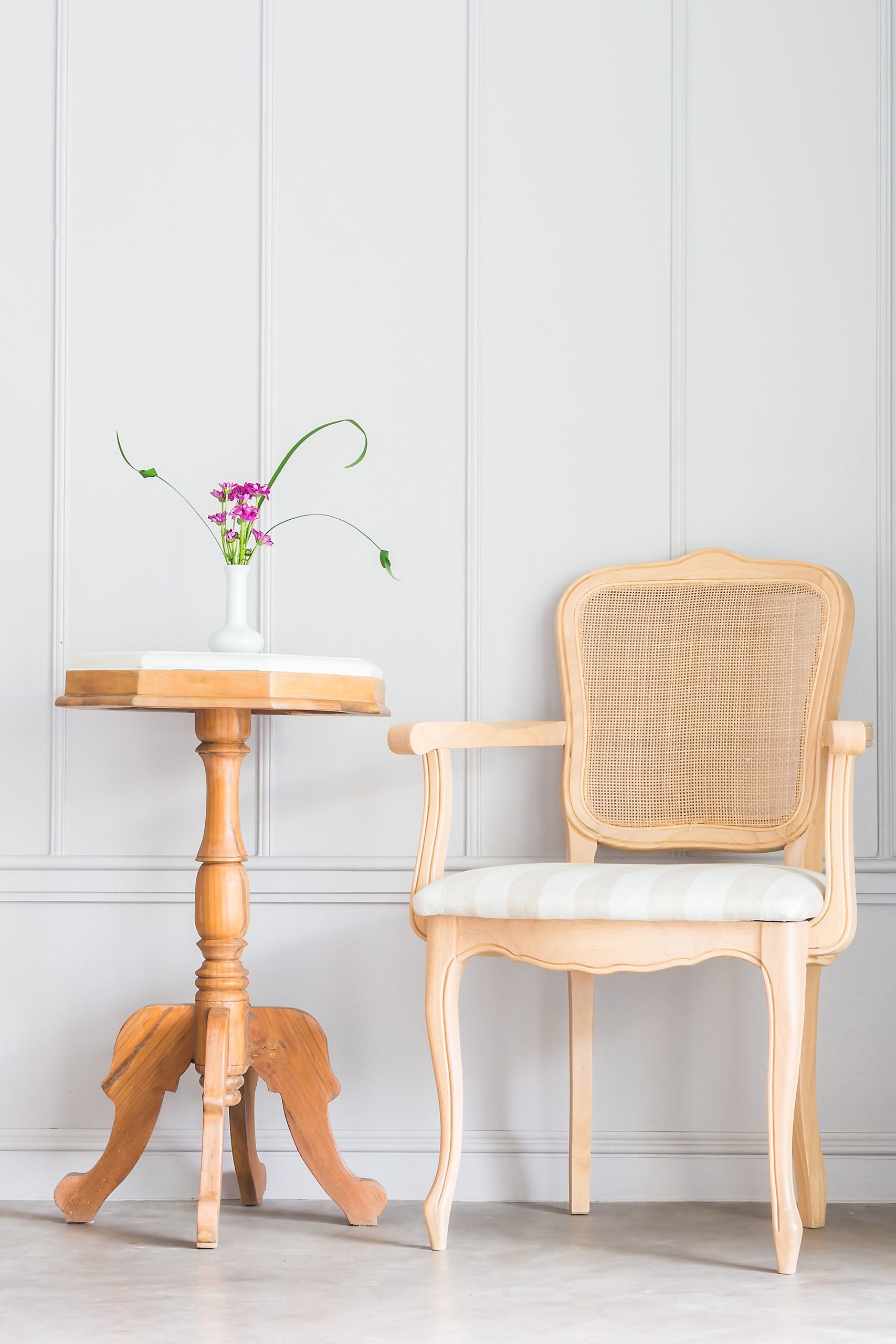Designing Calm: How Soft Colors and Textures Transform Any Room
There are spaces that instantly make you exhale. The light feels just right, the room feels gentle, and even time seems to slow down. These rooms are not always large or lavish, but they feel like a sanctuary. It is not a coincidence. The secret often lies in the subtle choices, colors that soothe rather than shout and textures that invite you to linger a little longer
Photo by Rachel Claire
A friend once remodeled her tiny guest bedroom using soft linens, muted paint, and a woven rug she found at a market. What was once a cluttered catch-all became the most beloved room in her home. Guests slept better. She started journaling again. It became her space to breathe. That simple shift in design completely changed the room’s energy and how she interacted with it.
Designing a calming environment is not about copying a look from a magazine. It is about learning how soft, natural palettes and comforting textures create emotional ease. Whether you live in a bustling city apartment or a countryside cottage, your home can become a restorative space when you understand how visual tone and tactile experience shape your environment.
If your home feels overstimulating or scattered, change does not have to be dramatic to be meaningful. By embracing a gentler palette and softer materials, you can transform your space into a place that supports quiet, reflection, and balance—something we all deserve a little more of.
Why Do Soft Colors Calm Us?
Soft colors evoke the natural world: clear skies, sandy shores, foggy mornings, and blooming lavender fields. These tones don’t demand attention, they invite relaxation. Our brains process these shades more gently, which reduces stimulation and makes it easier to unwind.
Soft color combinations could be used in our luxury villas, apartments, daycares, Parks, and healthcare renovation. Upgrades like better ventilation, more hand-sanitizing stations, and antimicrobial materials are essential. Soundproof consultation rooms and clear signage also help create a comfortable, private, and stress-free environment for everyone.
For example:
- Pale blues are often used in bedrooms and therapy rooms because they promote tranquility and reduce anxiety.
- Light sage greens evoke a sense of freshness and renewal.
- Warm beiges and soft whites bring clarity and warmth without feeling stark.
Incorporating these colors into your space doesn’t require repainting the entire room. Even small touches like throw pillows, lampshades, or artwork can make a noticeable difference in mood.
Texture: The Underrated Tool for Emotional Comfort
If color captures the eyes, texture speaks to the soul. It’s what brings a room to life, not just visually, but through touch and emotion. A space with nothing but sleek, hard surfaces can feel cold and impersonal, like a forgotten waiting room. But when you layer in soft rugs, cozy cushions, woven baskets, and velvet curtains, the room begins to feel warm, lived-in, and inviting. In the same way, adding thoughtful touches in care settings, like wellness programs, access to a nutritionist, or even a virtual nurse to handle simple questions, feels supportive, efficient, and deeply human.
The Layering Magic of Texture
The magic happens when you layer textures. Think:
- A chunky knit blanket draped over a linen-upholstered chair
- A jute rug underneath a soft wool throw
- Matte ceramics paired with warm wood furniture
This visual and tactile variety makes a space feel richer and more comforting without overwhelming the senses. It also helps create that elusive feeling of “coziness” we often crave, especially during colder months or stressful life seasons.
Texture is especially powerful in minimalist or neutral rooms, it adds character and comfort where color might be restrained.
Bringing It Together: Practical Ways to Add Calm
Creating a serene space doesn’t require a full home makeover or a big budget. Often, it’s the simple swaps and mindful choices that make the biggest difference.
1. Choose a Calming Color Palette
Pick 2–3 soft hues and build your room around them. Popular calming palettes include:
- Misty blue + ivory + soft gray
- Warm beige + blush pink + terracotta
- Sage green + white oak + cream
Stick to these colors when selecting decor, textiles, and even wall art to create a harmonious vibe.
2. Swap Harsh Lighting for Warm, Diffused Glow
The right lighting completely changes how color and texture feel. Replace cool white bulbs with warm-toned ones. Add fabric-covered lampshades or wall sconces to diffuse the light, making the room feel more like candlelight than a spotlight.
3. Add Natural Materials
Bring in elements like wood, cotton, linen, wool, clay, or rattan. These materials not only look beautiful, but they also age gracefully, adding even more softness and personality over time.
4. Curate, Don’t Clutter
A calming room is a curated one. Let every item have a purpose, whether it’s functional or emotional. This might mean removing overly bright decor or furniture that doesn’t feel “you” anymore.
Designing for All the Senses
A calming space isn’t just about sight and touch. Consider the full sensory experience:
- Sound: Add a small water fountain or play ambient music.
- Scent: Use essential oils, incense, or naturally scented candles.
- Feel: Invest in plush rugs or memory foam cushions.
These small sensory details can reinforce the mood set by your color and texture choices, making the room feel fully immersive, like your own wellness retreat at home.
Creating Calm with Intention
A peaceful space does not happen by accident. When we thoughtfully choose gentle colors and comforting textures, we shape more than just the appearance of a room—we influence the way it feels to live in it. Even small design decisions can soften the atmosphere and support a greater sense of ease.
Textures like woven fabrics, plush rugs, and linen curtains introduce warmth, while a soft, consistent color palette provides the visual rest our minds crave. These elements do more than please the eye. They help create a home that invites us to slow down and reconnect with ourselves.
If your space no longer feels like a retreat, consider what calming touches you can add. With a little creativity and care, your home can become a source of comfort, beauty, and renewal—no matter the size or style.






